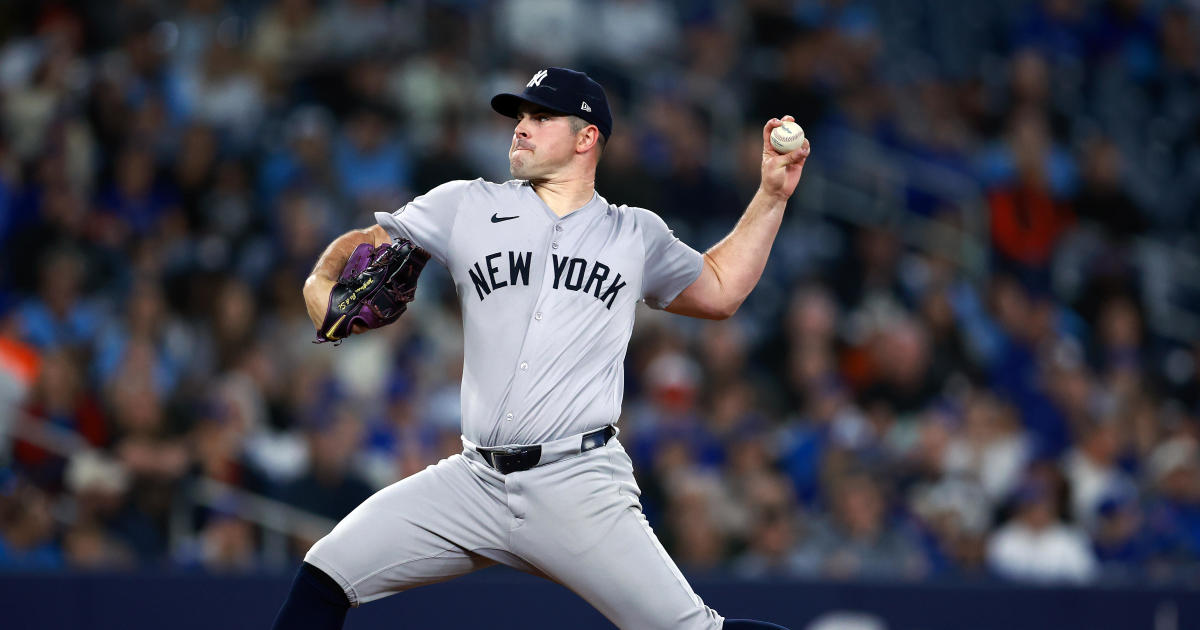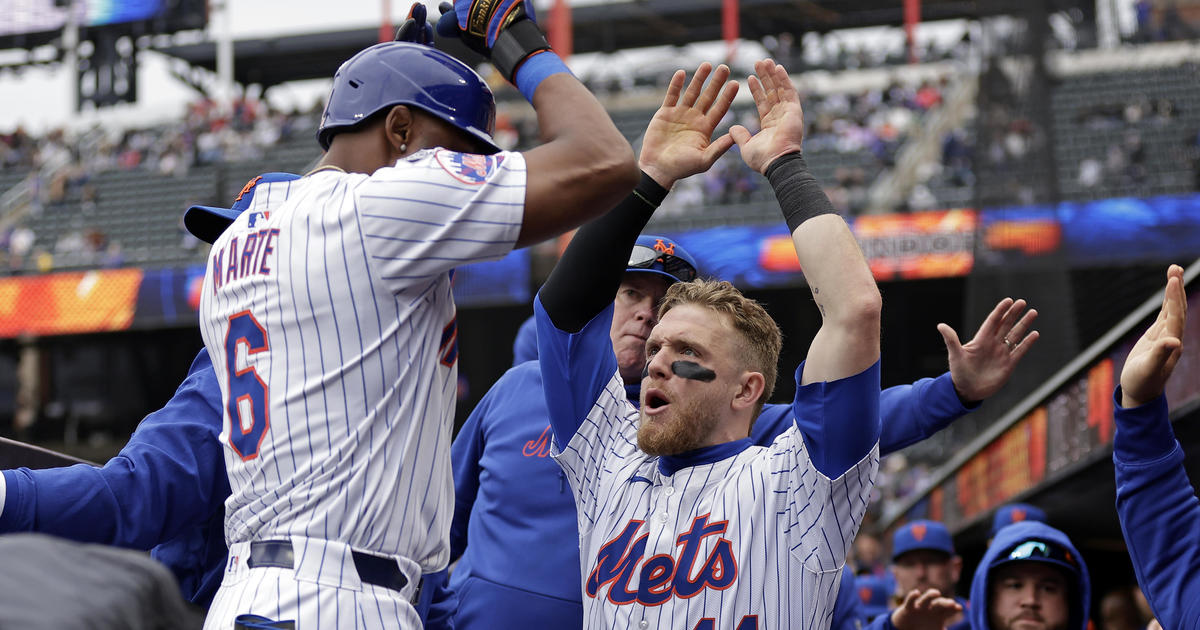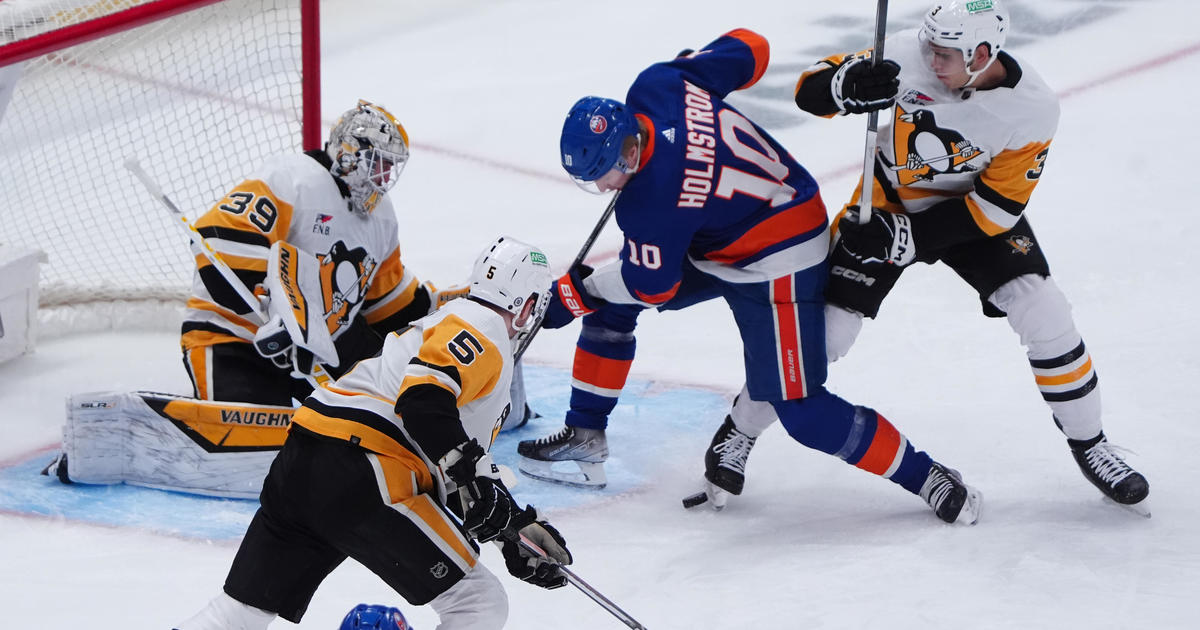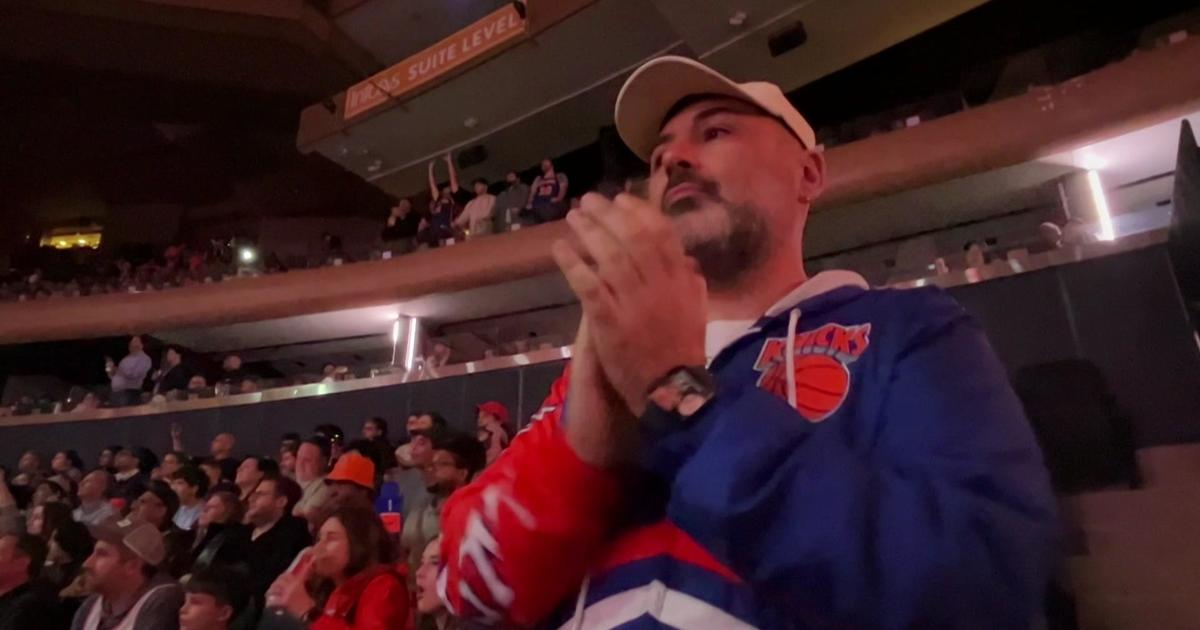Lichtenstein: Nets' Lineup Experiment Is Destined To Come Up Small
By Steve Lichtenstein
» More Columns
No NBA team embraces change more than the Nets.
They churn the roster, burn through coaches—heck, Barclays Center is their third different home court in five years.
The media relishes all this, especially since the Nets' game reports are too often far less interesting.
Last January, former coach Jason Kidd abruptly altered the Nets' identity midseason by eschewing a traditional power forward in his starting lineup. Instead, he went with a "small-ball' orientation that ended up resuscitating a dying team. The Nets rebounded from a 10-21 start to reach the playoffs and won a round.
With the 2014-15 Nets in a similar funk at the All-Star break, Nets coach Lionel Hollins—a known proponent of the old-school, ground-and-pound style—made headlines by pulling a similar stunt for the Nets games in Los Angeles and Denver.
Joe Johnson, who only two-and-a-half years ago was hyped as a member of "Brooklyn's Backcourt" upon his trade to the Nets from Atlanta, was asked to operate as the nominal power forward in what was essentially a four-guard starting lineup surrounding center Mason Plumlee.
The Nets went on to defeat the Lakers, 114-105, on Friday and then routed the Nuggets, 110-82, on Monday.
That put the media in full transitive illogic mode: A followed B. Therefore, B caused A.
Out came the small-ball lovers. "See--the Nets won two in a row by taking a page out of Kidd's playbook. What irony!"
Forget for a second that both of these opponents are in full free-fall in the Western Conference. The Kobe Bryant-less Lakers boast a roster of garbage-timers while the Nuggets—outside of forward Danilo Gallinari—looked like they'd rather have been somewhere else.
Mere analysis of these games show that the strategy didn't really work too well. Outside of Friday's third quarter during which Brooklyn drained 6-of-7 three-pointers, the Lakers outscored the Nets, 85-74.
The difference was more pronounced on Monday night. The Nets fell behind early before Hollins inserted Thaddeus Young—the 6-foot-8 forward Brooklyn acquired in the deadline trade that sent Kevin Garnett to Minnesota. The 26-year-old Young may not have the spring in his legs after seven-plus NBA seasons, but he is crafty enough around the rim to give Brooklyn an interior scoring threat.
Young and 6-foot-9 rookie reserve Cory Jefferson went on to post a combined plus-32 (not including the three minutes of garbage time during which they played together) rating.
The small-ball units? In 21 minutes, the Nets were a cumulative minus-7 with those configurations.
It's not hard to understand why. The premise for spreading the floor with smaller players is that it creates more looks from the more-efficient three-point spots. With point guard Deron Williams at his drive-and-dish best in the two games--aggregating 27 assists—the Nets ball movement was as good as it has been all season.
Of course, it's paramount that those recipients have the ability to knock down such open long-range shots. Except on the Nets, only Johnson and Williams shoot three-pointers above the league average 35 percent. Outside of that anomalous third quarter in Los Angeles, the Nets converted just 8-of-35 (23 percent) three-point attempts in the two games.
While Alan Anderson has picked up his game this month, he is still just a 34 percent career three-point shooter. Rookie Bojan Bogdanovich, who started on Friday before spraining an ankle during Sunday's practice, is at 31 percent on the season.
None of the other candidates—Jarrett Jack (who has also been out since the All Star break with a hamstring injury), Sergey Karasev and rookie Markel Brown—have shown consistent proficiency from deep when given opportunities.
Brown, who made his first career start and logged 45 minutes on Monday, gave the Nets a needed jolt of athleticism despite misfiring on 8-of-12 field goal attempts. He led the Nets in rebounds (11), blocks (4), and steals (2).
Though I would agree that his play was intriguing enough to deserve a longer look from Hollins going forward, that doesn't mean he should be used as a floor spacer.
Brown's rebounding was also a hidden indicator as to how the small-ball lineup has hindered the Nets on the defensive end as well. The Lakers and the Nuggets combined to grab 33 offensive rebounds, an unsustainable number for a Nets team fighting to hold onto the eighth and final playoff seed in the Eastern Conference.
When the Nets start facing better teams—like when they travel to Houston and Dallas for a back-to-back over the weekend following their game at injury-depleted New Orleans on Wednesday—they'll need all the big bodies they can find.
They may have found a new one in Thomas Robinson (provided he isn't claimed on waivers prior to 5 p.m. on Tuesday). The 6-foot-9, 240-pound Robinson was the fifth overall selection in the 2012 draft, but he has yet to live up to his billing. The Nets will be Robinson's fifth team—the Nuggets released Robinson after receiving him at the deadline as part of the deal that sent Arron Afflalo to Portland.
Robinson is only 23 years old and fits in with general manager Billy King's newfound mission of stockpiling younger and more athletic players while attempting to remaining competitive (which is important since King swapped the Nets' 2015 first-round draft pick with Atlanta's in the Johnson trade).
In order to do so, Hollins has to play a more conventional lineup with Young as the power forward (albeit somewhat undersized) and then backing him up with Robinson and Jefferson.
No more small ball.
It worked last year because the Nets possessed a player—Shaun Livingston—who upset the normal balance on both ends. Livingston had a point guard's skillset and the length that allowed him to become a weapon in the post while being able to defend multiple positions. Also, you can't substitute Johnson for Paul Pierce--Johnson lacks Pierce's warrior mentality to bang with the bigger bodies night in and night out.
Livingston and Pierce have moved on to greener pastures. Meanwhile, center Brook Lopez and his immobility have returned to Brooklyn. You're asking for trouble if you don't pair Lopez with someone who gets after it on the boards.
If Hollins persists with the four-guard lineup, he'll find his team will become more similar to Avery Johnson's Nets in December 2012. Johnson was fired after his preference for Gerald Wallace-Keith Bogans bricks from long distances failed to yield sufficient wins.
Who knows if the current Nets can overcome King's relentless instability and a relatively difficult schedule to win enough to secure a postseason berth? They'll need to find a rotation and style that works, and not just against the downtrodden teams.
Their best bet is for Hollins to go traditional—and not change who they really are.
For a FAN's perspective of the Nets, Jets and the NHL, follow Steve on Twitter @SteveLichtenst1.



